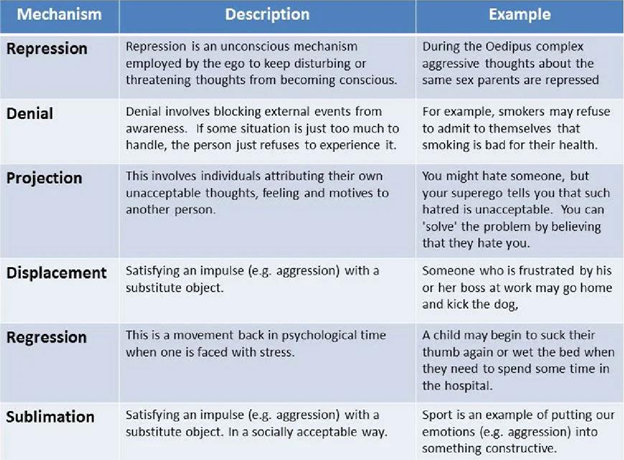A nurse is assisting with a community health presentation about home safety precautions when there is an outdoor chemical disaster nearby. Which of the following instructions should the nurse include?
Open the dampers of fireplaces.
Turn on ceiling fans and air conditioners.
Cover heat registers with plastic and tape.
Exit the home as quickly as possible.
The Correct Answer is C
Correct answer: C
A.Opening the dampers of fireplaces: This instruction is not appropriate during an outdoor chemical disaster. Opening the dampers of fireplaces can allow contaminated air from outside to enter the home, increasing the exposure to hazardous substances. It is best to avoid introducing outdoor air into the home during such incidents.
B. Turning on ceiling fans and air conditioners: This instruction is also not recommended during an outdoor chemical disaster. Turning on fans and air conditioners can potentially circulate contaminated air within the home, leading to increased exposure. It is best to turn off fans and air conditioners during such incidents and focus on evacuating the area.
C. Covering heat registers with plastic and tape: Covering heat registers with plastic and tape would help seal off potential entry points for contaminated air, reducing the risk of indoor contamination.
D. In the case of a nearby outdoor chemical disaster, it is usually safer to stay indoors and seal the home rather than exit, as going outside could increase exposure to the harmful chemicals.
Nursing Test Bank
Naxlex Comprehensive Predictor Exams
Related Questions
Correct Answer is C
Explanation
Explanation:
Displacement is a defense mechanism in which an individual redirect their emotions or impulses from their original target to a less threatening or safer target. In this scenario, the client yells at the nurse when medication changes are prescribed by the provider. The client may be feeling angry or frustrated about the medication changes but is unable to express those emotions directly towards the provider. Instead, the client displaces those feelings onto the nurse, who may be seen as a safer or more accessible target. The yelling behavior directed at the nurse is a way for the client to release and express their emotions indirectly.
Let's briefly discuss the other defense mechanisms mentioned:
A- Conversion: Conversion involves the expression of psychological distress or conflict through physical symptoms or ailments. It is not applicable in this scenario since the client's behavior does not involve physical symptoms.
B- Splitting: Splitting is a defense mechanism characterized by a black-and-white thinking pattern, where individuals perceive others or situations as all good or all bad. It does not directly apply in this scenario as the client's behavior is not indicative of splitting.
D- Sublimation: Sublimation is a defense mechanism in which an individual channel their unacceptable or potentially harmful impulses into socially acceptable outlets, such as creative or productive activities. It is not evident in this scenario as the client's behavior does not involve transforming the emotions into a more positive or socially acceptable form.

Correct Answer is C
Explanation
Nausea and vomiting are common side effects of doxycycline, an antibiotic commonly used to treat chlamydial infections. Taking the medication with food or a snack can help alleviate these side effects. The recommendation to take the medication with crackers provides a light source of carbohydrates that can help settle the stomach and reduce nausea.
It is generally not recommended to take doxycycline with calcium-rich foods or beverages, as they can interfere with the absorption of the medication. Calcium can form complexes with doxycycline, reducing its effectiveness. Therefore, it is best to avoid calcium-rich foods and beverages, including calcium-fortified orange juice, when taking doxycycline.
Similar to calcium-rich foods, antacids can also interfere with the absorption of doxycycline. Antacids contain aluminum, magnesium, or calcium, which can bind to doxycycline and reduce its effectiveness. Therefore, it is generally recommended to avoid taking doxycycline with antacids.
While it is important to remain upright for a short period after taking some medications to prevent reflux or aspiration, this recommendation may not specifically address the client's nausea and vomiting. Taking the medication with food, such as crackers, may be more effective in alleviating the symptoms.
Whether you are a student looking to ace your exams or a practicing nurse seeking to enhance your expertise , our nursing education contents will empower you with the confidence and competence to make a difference in the lives of patients and become a respected leader in the healthcare field.
Visit Naxlex, invest in your future and unlock endless possibilities with our unparalleled nursing education contents today
Report Wrong Answer on the Current Question
Do you disagree with the answer? If yes, what is your expected answer? Explain.
Kindly be descriptive with the issue you are facing.
